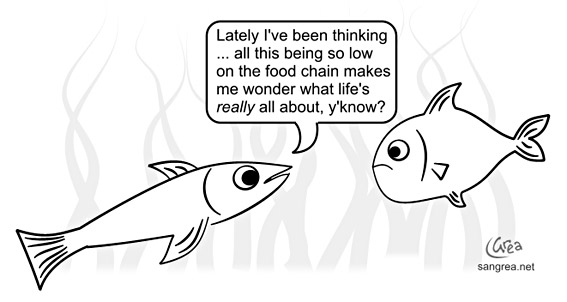
A recent article in the Canadian Journal of Fisheries and Aquatic Sciences suggests that fish behavior can play a factor in capture rates. To boil it all down, the fish that are caught in the wild tend to be the “boldest” meaning they take the most chances. These are the fish that tend to venture furthest from the safety of the reef or rocks, which obviously plays a role in increasing their chances of being caught.
What does this mean to us as hobbyists? It isn’t too far of a leap to think that the wild caught fish in our tanks represent a portion of the boldest/riskiest fish of their particular species. And if we are only taking fish with this personality trait, how does this impact the rest of the population and the evolution of their species? LINK









Josh, it’s not a big leap at all, in fact, I’m pretty sure there is evidence that backs this up. I recall reading that fly fishing for brown trout (Salmo trutta) over the last century or two has transformed the species into being my wary and cautious. As a result, the brown trout of today is much more difficult to fool into taking a fly than those of a century or two ago. I wish I remembered where I read that so I could cite fact or relay that it’s just a hypothesis, but it’s very interesting. In fact, more immediate is the fact that there’s a large spring pond within a 45 minute drive of a large metropolitan area. Many anglers know about it, and it is strictly catch and release fishing. These fish are what we call “educated”…they are so cautious about striking at anything that for many anglers, to have a single bite in an entire day is considered a tremendous feat.
Without a doubt, fish collection in the wild is simply another form of predation, so why wouldn’t it have an impact on the evolution of a species? I wonder if in another few hundred years deer will be as apt to run out in front of a car (if there’s even cars in a few hundred years…)